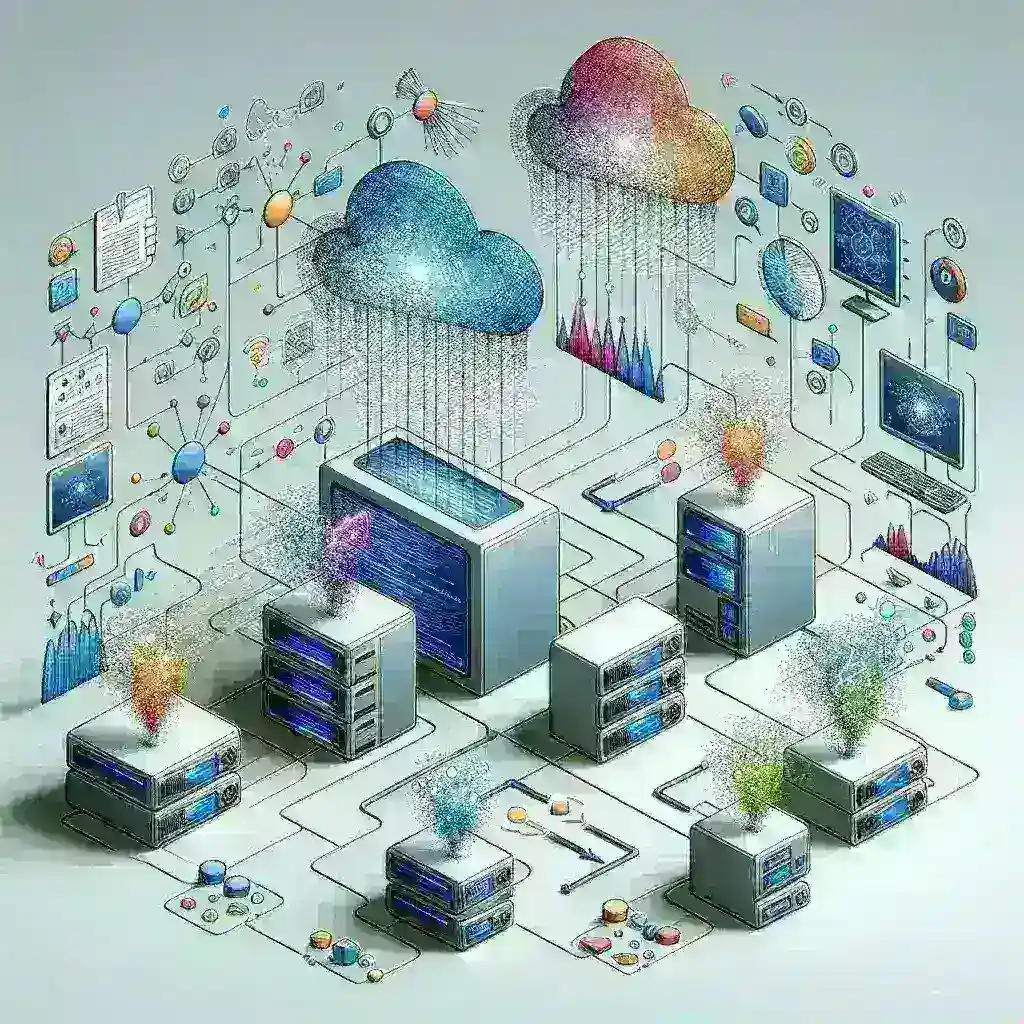What Event Driven Architectures Enable in Distributed Systems

Introduction
In the rapidly evolving landscape of technology, distributed systems are becoming increasingly vital for businesses striving for efficiency and scalability. Among the various architectures available, event driven architectures (EDA) stand out for their ability to facilitate real-time data processing and decoupling of services. But what exactly do event driven architectures enable in distributed systems? This article delves into the core principles of event driven architectures, their benefits, challenges, and practical applications.
Understanding Event Driven Architectures
What is an Event Driven Architecture?
An event driven architecture is a software design pattern that revolves around the production, detection, consumption, and reaction to events. An event can be defined as a significant change in state or an occurrence that is relevant within a system’s context. Events can include user actions, sensor outputs, or messages from other systems. In this architecture, services communicate primarily through events rather than direct calls, promoting a more flexible and scalable approach to application design.
Key Components of EDA
- Event Producers: These are applications or services that generate events. For example, an e-commerce platform may produce an event when a new product is added.
- Event Channels: These are the pathways through which events are transmitted from producers to consumers. Message brokers like Apache Kafka or RabbitMQ serve as intermediaries.
- Event Consumers: These are applications or services that listen for and process events. A consumer might update inventory levels based on sales events.
- Event Store: An event store is a repository where events are stored for future reference, enhancing data retrieval and analysis capabilities.
The Enabling Features of Event Driven Architectures in Distributed Systems
1. Scalability
One of the most significant advantages of EDA is its inherent scalability. Since services communicate through events, additional consumers can be added to handle increased loads without disrupting the overall system. This capability is crucial for businesses experiencing rapid growth or fluctuations in demand.
2. Loose Coupling
In traditional architectures, services often rely on direct calls to communicate, leading to tight coupling. EDA promotes loose coupling by allowing services to operate independently. Changes in one service, such as an upgrade or a new feature, can occur without necessitating corresponding changes in other services.
3. Real-Time Processing
Event driven architectures enable real-time data processing, which is essential for applications requiring timely responses. For instance, in financial services, real-time processing of transactions can mitigate fraud risks by identifying suspicious activities instantaneously.
4. Flexibility and Adaptability
The decoupled nature of EDA allows organizations to be more agile. New services can be introduced or existing ones can be modified with minimal disruption to the system. This flexibility is particularly appealing for businesses in fast-changing markets.
5. Enhanced Fault Tolerance
In an event driven system, if a service fails, it does not necessarily bring down the entire system. Other services can continue to operate, and the failed service can be restarted without significant impact on overall functionality. This resilience is crucial for mission-critical applications.
Challenges of Event Driven Architectures
1. Complexity
Despite their advantages, implementing an event driven architecture can introduce complexity. Understanding event flows, managing event schemas, and ensuring data consistency across services can be challenging for development teams.
2. Eventual Consistency
In distributed systems, maintaining immediate consistency can be difficult. EDA often embraces eventual consistency, which means that while the system will eventually reach a consistent state, it may not be immediate. This concept can complicate data management and require careful planning.
3. Debugging and Monitoring
Tracing events through a system can be complex, making debugging more challenging than in traditional architectures. Implementing robust monitoring solutions is essential to ensure system health and performance.
Real-World Applications of Event Driven Architectures
1. E-commerce Platforms
Many e-commerce sites leverage event driven architectures to handle various activities, such as inventory updates, order processing, and customer notifications. By processing events asynchronously, these platforms can offer a seamless shopping experience to users.
2. Financial Services
In the financial sector, organizations utilize EDA for real-time fraud detection and transaction processing. By analyzing events as they occur, financial institutions can swiftly respond to anomalies.
3. IoT Applications
The Internet of Things (IoT) relies heavily on event driven architectures. Sensors and smart devices generate massive amounts of data in real time, and EDA enables efficient processing and response to these events, enhancing automation and monitoring.
Future of Event Driven Architectures in Distributed Systems
As technology continues to advance, event driven architectures are likely to evolve further. With the rise of serverless computing and microservices, EDA will become increasingly crucial in building responsive and scalable applications.
Emerging Trends
- Serverless Architectures: The combination of EDA and serverless computing enables developers to create applications without managing infrastructure, focusing solely on code.
- Machine Learning and AI: Integrating AI and ML with EDA can enhance decision-making processes by analyzing events for predictive analytics.
- Increased Adoption of Cloud Services: As businesses continue to migrate to the cloud, EDA will play a vital role in creating flexible cloud-native applications.
Conclusion
Event driven architectures are transforming the way distributed systems operate by enabling scalability, flexibility, and real-time processing. While challenges such as complexity and eventual consistency exist, the benefits far outweigh the drawbacks, making EDA a compelling choice for modern application development. As the future unfolds, businesses that harness the power of event driven architectures will undoubtedly gain a competitive edge in their respective industries.
Leave a Reply